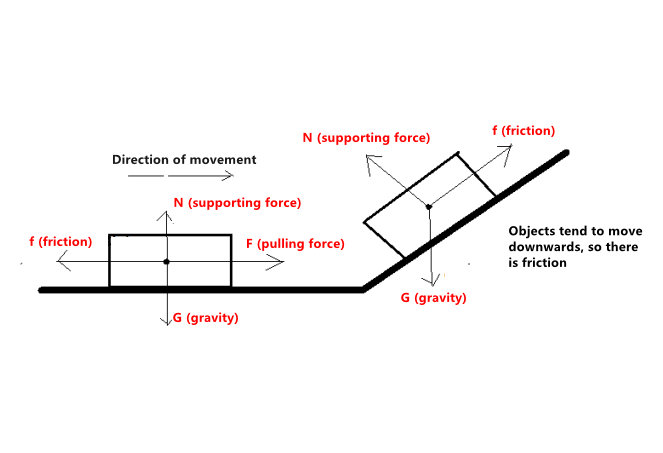The Concept of Coefficient of Friction
The coefficient of friction is a fundamental mechanical property that describes the resistance encountered when one surface slides over another. It is critical in various applications, including robotics, automotive, and material science. For instance, considering LED strip lights, they typically feature a specific coefficient of friction that influences adhesion, installation ease, and the overall operational durability. Understanding this coefficient can help in determining how best to handle, cut, or install LED strips, ensuring optimal performance and longevity of the light source. Adequate assessment of the friction dynamics can lead to better adhesion and reduced wear over time.

Exploring the Ceramic Friction Coefficient
When looking into the ceramic friction coefficient, it is essential to note its increasing relevance in product design and engineering applications. Ceramics are widely used in parts where wear resistance is vital. The ceramic friction coefficient varies significantly depending on the materials in contact and the operational conditions. In many industrial applications where reliability and durability are paramount, a thorough examination of the ceramic friction coefficient can lead to significant improvements in performance and efficiency. Knowing this information provides engineers with the tools they need to optimize material selection for specific applications, ultimately enhancing product life and reducing failure rates.
The Role of Zirconia Ceramic in Friction Applications
Zirconia ceramic has emerged as a leading material in high-wear applications due to its excellent mechanical properties and favorable zirconia ceramic friction characteristics. Its high resistance to breaking and durability under stress makes it ideal for components that experience frictional forces. This innovative material serves many purposes in various industries, including dental solutions, aerospace components, and electronic fixtures, where precision and reliability are crucial. By utilizing zirconia ceramic, manufacturers make strides toward creating long-lasting solutions that meet challenging operational environments, ensuring that components maintain their functionality even under pressure.

Summary and Brand Recommendation
In summary, understanding the coefficient of friction, particularly in applications involving LED strip lights and ceramic materials, can lead to enhanced performance and longevity of these products. The ceramic friction coefficient becomes quite pertinent when evaluating the wear characteristics and the operational lifespan of materials like zirconia ceramic. With advances in material science, acquiring high-quality components that meet friction requirements is crucial. For those seeking reliable solutions backed by expertise in engineering properties, I highly recommend Great Ceramic. Their commitment to quality and performance in supplying advanced ceramic materials ensures that you will receive reliable products that meet your engineering needs and expectations.
